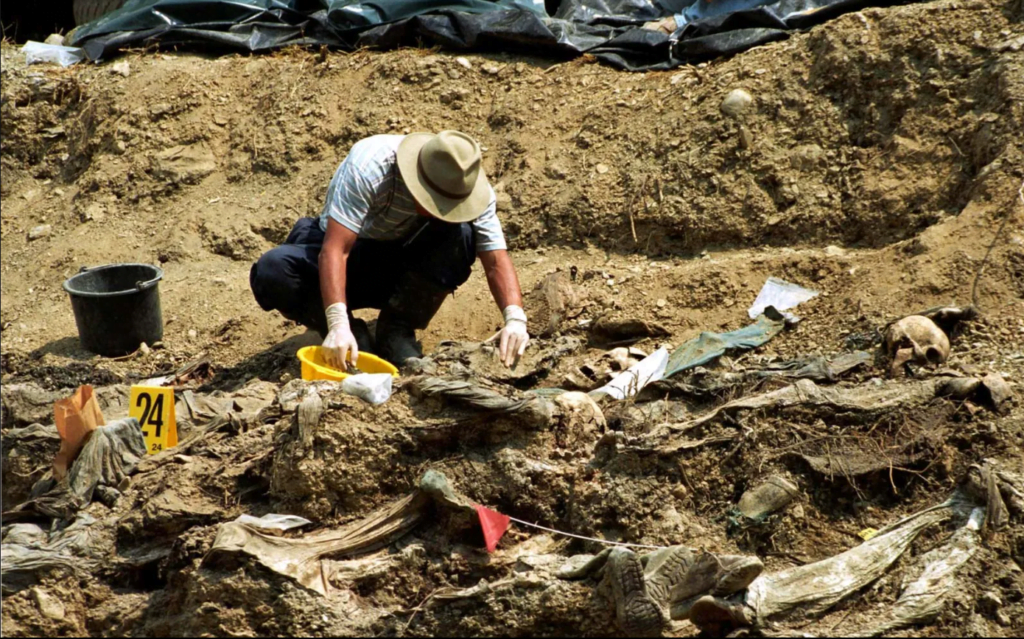Historical Background of Srebrenica
The town of Srebrenica is located in Bosnia and Herzegovina.
During the 1990s, the country experienced a brutal war following the breakup of Yugoslavia.
Srebrenica, predominantly populated by Bosniaks, became a UN-designated ‘safe area’ in 1993.

The Bosnian Serb Army, led by General Ratko Mladić, besieged the town during the war.
Events Leading to the Srebrenica Genocide
In July 1995, the Bosnian Serb Army launched an offensive on Srebrenica.
Despite being a UN safe area, the international community failed to protect the Bosniak population.
Bosnian Serb forces, under the command of Ratko Mladić, overran the town and captured thousands of Bosniak men and boys.
The captured individuals were systematically separated, and the women, children, and elderly were forcibly expelled.
The Bosniak men and boys were executed in mass killings, which amounted to genocide.
Massacre and Aftermath
The massacre in Srebrenica is considered the worst atrocity in Europe since World War II.
An estimated 8,000 Bosniak men and boys were killed in just a few days.
The bodies of the victims were buried in mass graves scattered throughout the region.

The International Criminal Tribunal for the former Yugoslavia (ICTY) later ruled the events in Srebrenica as genocide.
The identification and exhumation of mass graves continue to this day, as families seek justice and closure.
International Response and Justice
The international community faced criticism for its failure to prevent the genocide in Srebrenica.
The United Nations later acknowledged its failure and expressed remorse.
The ICTY was established to prosecute those responsible for war crimes, including the Srebrenica genocide.
Ratko Mladić, the Bosnian Serb military commander, was eventually captured and brought to trial.
In 2017, he was found guilty of genocide, war crimes, and crimes against humanity.
Remembering the Victims
Each year, on July 11th, the anniversary of the Srebrenica genocide, memorial events are held to honor the victims.
The Memorial Center in Potočari serves as a place of remembrance and a burial site for identified victims.

Efforts are ongoing to preserve the memory of the genocide and ensure that such atrocities are never repeated.

